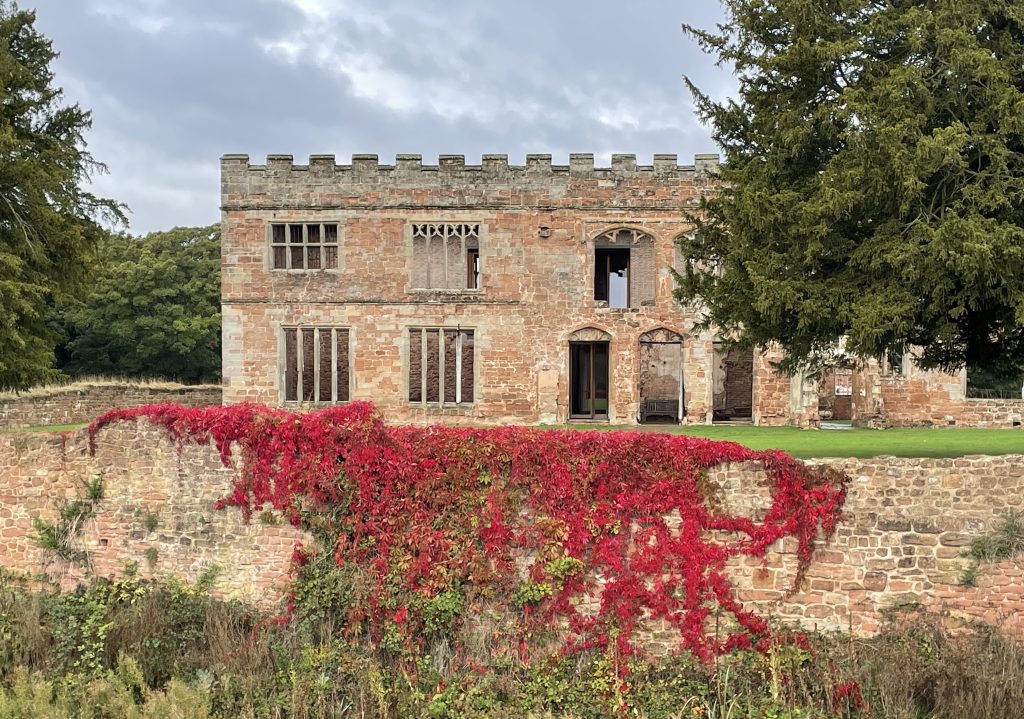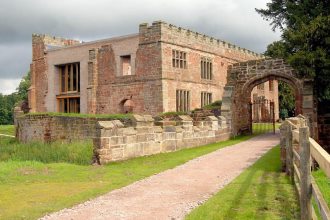Welcome to Astley
Astley Parish has approximately 72 homes, including a Residential Nursing Home and over 180 residents. It also has a nursery and numerous small businesses.

It is a predominantly rural parish comprising of two residential areas: Castle Drive and Post Office Row in the ownership of Arbury Estate and both leading to the Church of St Mary the Virgin, and Breach Oak Lane and Astley Lane, Bedworth on which properties are predominantly in private ownership.
There are the many outlaying farms and cottages which are both privately and Estate owned.
Astley parish borders with Fillongley and Corley parishes.
About Astley Parish Council
The Parish Council is a small local authority. Its councillors are elected for four years at a time.
The last election in this parish was in 2023 and so is due in 2027.
Vacancies occurring between elections are filled by by-election (if requested) or co-option. The council is the corporation of its village or town.
Each year the councillors choose a chairperson from amongst their number. There is also a vice-chair (optional) and a Clerk. The Clerk is the Proper Officer and the Responsible Finance Officer of the parish council.
What we do

Parish Councils have a number of formal powers.
Many provide allotments, look after playing fields, play areas and village greens.
They maintain and guard things such as rights of way, bus shelters, public seats, small scale street lighting, and often provide village halls and meeting places.
The Parish council can do these things by actually providing them itself, or by helping someone else (such as a charity or volunteers) financially to do so.
Parish councils have the power to improve the quality of community life by spending sums of money on things which, in their opinion, are in the interests of the parish or its inhabitants.
Astley Parish council owns no land and therefore has restricted powers, however it works closely with Arbury Estate to ensure, where possible, that residents needs are met.
Councils are also the focal point for local consultation on matters such as planning applications and borough council strategic planning. The parish councillors know the village and can represent its views to other authorities such as district and county councils.
They are entitled to be consulted on planning applications and are often consulted on things like schools and roads. They present the parish’s case at public enquiries, for example, with North Warwickshire Borough Council.
